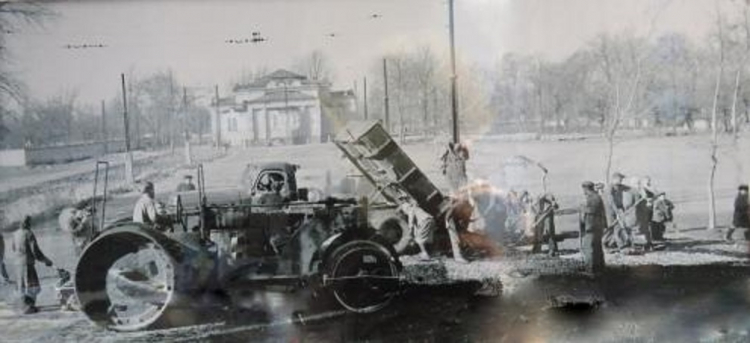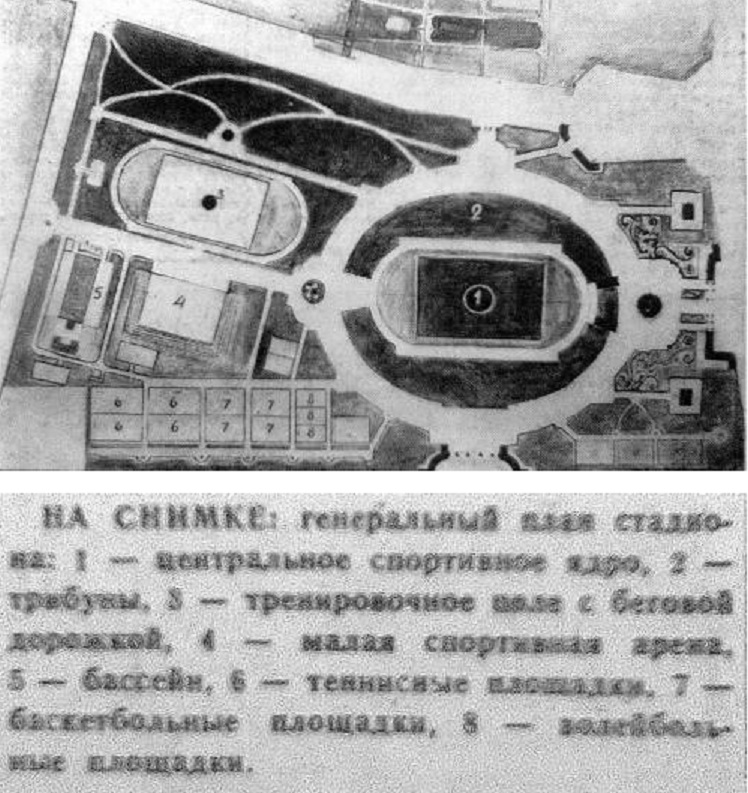
Renaming of the city of Pishpek by the decree of the All-Russian Central Executive Committee on May 25, 1926, to the city of Frunze
The renaming of Bishkek was of significant importance in its history, prompted by the sudden death on October 31, 1925, of the Chairman of the Revolutionary Military Council of the USSR, Mikhail Vasilyevich Frunze — a native of the city of Pishpek. A compatriot of the Kyrgyz people, M. V. Frunze was one of the outstanding figures of the state, a talented and celebrated commander, and organizer of the armed forces of the USSR. By the will of the residents of Pishpek, gathered at a rally on November 1, 1925, the city of Pishpek was renamed Frunze by the decree of the All-Russian Central Executive Committee on May 25, 1926. The city bore the name of M. V. Frunze for 64 years until 1990. The residents of the city made every effort to honor the trust placed in them to immortalize the memory of the commander M. V. Frunze.
The government of Kyrgyzstan exercised direct oversight of the activities of the capital's Council, executive committee, and their departments and administrations. On January 17, 1926, the Presidium of the Executive Committee of the Kyrgyz Autonomous Region made a decision on the improvement of the city and approved a construction plan, which included the construction of housing and the organization of nurseries to provide the population with planting materials for the greening of the streets.
In a report delivered on October 21, 1926, the Deputy Chairman of the Regional Executive Committee, I. A. Fatyano, noted at a meeting of the city executive committee that the government had allocated more than one million rubles for the improvement of the capital: residential buildings were constructed, street lighting was installed, wells were dug in some neighborhoods, trade networks were expanded, and the number of cultural and educational institutions increased.
The total expenditure of the city budget in 1926 amounted to 718 thousand rubles, including 242.5 thousand for municipal services, 193.7 thousand for public education, 107.4 thousand for healthcare, and 169.5 thousand for the maintenance of the administrative apparatus, justice bodies, and social security.
On May 1, 1926, after a ceremonial rally in Government Square, the foundation of the House of Government was laid, to which the government moved in 1927 (now the House of Friendship of the Assembly of Peoples of Kyrgyzstan). Starting in 1927, the construction of state buildings began in the capital: the People's Commissariat of Education, Finance, the branch of the State Bank of the USSR, and others.
One of the first scientific research and educational institutions in the capital was the State Historical Museum of Kyrgyzstan, which opened in 1927. The establishment of the museum marked the beginning of systematic work to collect documentary and material monuments of the history and culture of the Kyrgyz people from ancient times to the present day. In 1927, a local history museum was also established, and in 1928, a local history institute was created. From 1930, independent scientific research institutions began to emerge, such as the Kyrgyz Institute of Animal Husbandry and the Institute of Cultural Construction, the latter of which was later transformed into the Institute of the Kyrgyz Language and Writing. An Academic Center was created based on it under the People's Commissariat of Education.
By the decree of the Presidium of the All-Russian Central Executive Committee on January 17, 1927, the status of cities in the Kyrgyz ASSR was first approved: Frunze, Osh, Jalal-Abad, Karakol, Tokmak, Uzgen, Naryn, and the mining settlement of Kyzyl-Kiya was classified as a workers' settlement.
Since 1925, the executive committee of the council of the autonomous region has been functioning in the capital. From 1927, the Central Executive Committee of the Kyrgyz ASSR served as the highest legislative and controlling body of state power between the congresses of the councils of the republic. The Central Executive Committee of the Kyrgyz ASSR coordinated work on legislation and administration, formed the Council of People's Commissars (CPC) of the republic, issued decrees and resolutions, approved codes of laws, controlled the implementation of the constitution, the resolutions of the congresses of councils, and the central authorities of the union and the RSFSR, and operated in a sessional manner. Between sessions, the functions of the Central Executive Committee of the Kyrgyz ASSR were performed by the Presidium. The Chairman of the Presidium of the Central Executive Committee (1927-1937) was Abdykadir Orozbekov.
At the same time, the government of Kyrgyzstan — the Council of People's Commissars — functioned in the capital as the highest executive and administrative body formed by the Central Executive Committee of the Kyrgyz ASSR. The CPC was accountable to it between sessions — to the Presidium of the Central Executive Committee. The CPC of the Kyrgyz ASSR governed the republic and the capital based on the laws of the USSR, the RSFSR, and the Kyrgyz ASSR. All sectoral people's commissariats located in the capital operated under the CPC of the republic: agriculture, social security, healthcare, public education, justice, internal affairs, finance, labor, and the inspection of workers and peasants, as well as the council of the national economy. The Chairman of the CPC (1927-1933) was Yusup Abdrakhmanov, and from 1933 to 1937, it was Bayaly Isakiev.
By the government of the republic, on September 25, 1928, a number of local industrial and trade enterprises in Kyrgyzstan were transferred to the jurisdiction of the Frunze City Council: mills, breweries, soap factories, sawmills, and others. On September 9, 1929, the Presidium of the Central Executive Committee of the Kyrgyz ASSR, having discussed the results of the inspection of the work of the city council, noted significant improvements in the work of the sectoral departments of the city executive committee. The revenue part of the budget in 1927 amounted to 608,835 rubles, while the expenditure part was 603,794 rubles. In 1928, the revenue part was 1,193,876 rubles, and the expenditure part increased to 1,173,367 rubles. The tasks of the Frunze City Council were defined regarding the development of capital construction, the expansion of the water supply network, and the construction of cinemas.
Beginning of the improvement of Pishpek










































